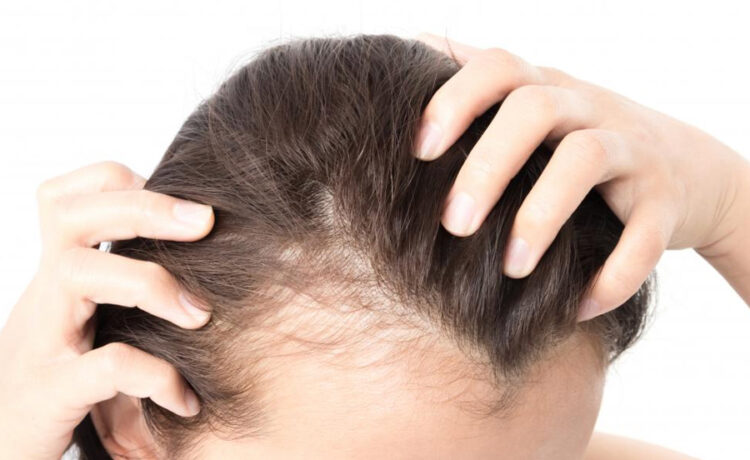Hair loss, (ผม ร่วง, which is the term in Thai) is a common experience for many, often causing concern and affecting self-esteem. While shedding a few strands is part of a natural balance, there are instances when hair loss signifies more than just daily hair turnover. Recognizing when hair loss should be considered a condition requires understanding its underlying causes and patterns. By paying attention to certain aspects, individuals can determine when it’s time to seek professional advice.
Here are five key aspects to support your findings on hair loss as a condition.
Excessive Shedding
Normal hair loss ranges from 50 to 100 strands a day. When you start noticing a significant increase in strands on your pillow, brush, or shower drain, it may indicate an underlying condition. Excessive shedding could be a sign of telogen effluvium, a temporary condition often triggered by stress, illness, or hormonal changes. Monitoring the amount of hair loss is crucial in determining if it’s time to consult a healthcare provider.
Noticeable Thinning Or Bald Patches
If you observe thinning areas or bald patches developing, especially in specific parts of your scalp, it’s a clear signal that your hair loss is not just routine shedding. Conditions like alopecia areata can cause sudden bald patches, while pattern baldness (androgenetic alopecia) results in a receding hairline or thinning at the crown. These patterns of hair loss warrant a professional evaluation to identify treatments.
Scalp Changes
Changes in the scalp’s appearance or texture, such as redness, scaling, or unusual soreness, can be indicative of scalp conditions that lead to hair loss. Dermatological issues like psoriasis, fungal infections, or seborrheic dermatitis not only affect the scalp’s health but can also interrupt hair growth, making it important to address these symptoms early.
Impact Of Styling Practices
Hair loss can sometimes be self-induced by certain styling practices. Tight hairstyles, excessive heat styling, or harsh chemical treatments can lead to traction alopecia, where continuous pull and stress on hair follicles cause them to weaken and shed. Recognizing the role of these practices in hair loss is vital for preventing further damage.
Family History
Genetics play a significant role in hair loss, particularly in male and female pattern baldness. If you have a family history of baldness or thinning hair, your hair loss might be a hereditary condition. Understanding your genetic predisposition can help in seeking appropriate treatment options earlier, potentially slowing down the progression.
To Conclude
Acknowledging these aspects is the first step towards addressing hair loss effectively, allowing individuals to seek the right treatment and advice from healthcare professionals.





